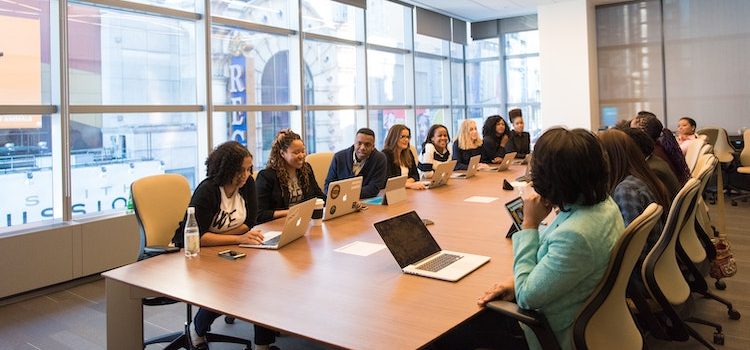Do you often walk away from a meeting feeling like you’ve wasted precious time? Does your agenda often get hijacked by people rambling or going off-topic? Have you ever left a 2-hour meeting feeling like you could have gotten just as much done in 30 minutes? If any of this sounds relatable, you need to understand the best practices for meetings. This guide will explore why meetings are so dreaded and, more importantly, what you can do about it. Keep reading for a guide to the best practices for meetings that every leader should follow.
Best Practices for Meetings Every Leader Should Follow










